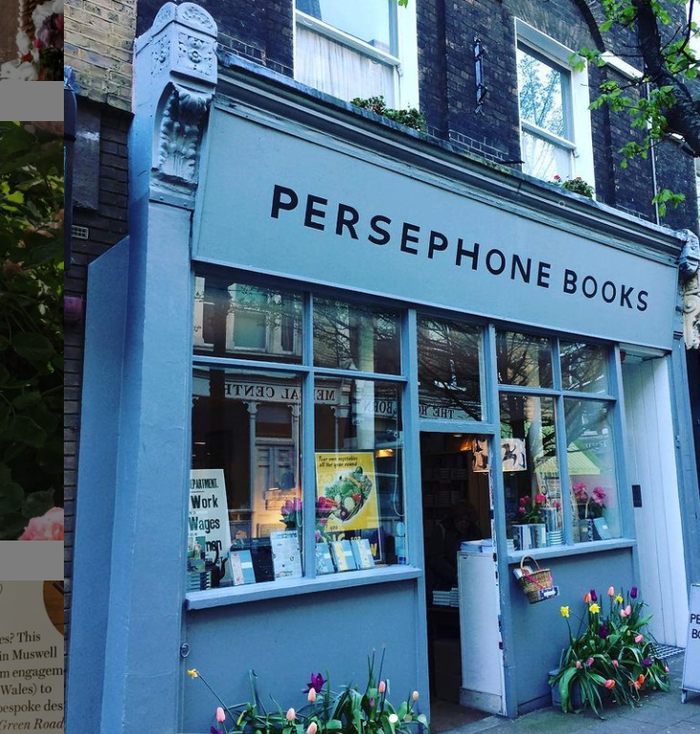Loving, Preserving and Celebrating Black Women Artists: A Conversation with New Hall Curator, Harriet Loffler
Esmee Wright speaks to New Hall Art Collection curator Harriet Loffler about celebrating BME women artists, radical inclusion, and data as a feminist strategy

In August during Lockdown, the New Hall Art Collection held a Black Feminist Artists tour in collaboration with the Murray Edwards College MCR. In December, still in the depths of pandemic-induced indoorsness, I met with Harriet Loffler the Collection’s curator to discuss the importance of raising the profile of BME women artists in a world that has long ignored them, intentionally or otherwise. As Loffler pointed out, instances of white people leaving out the experiences of a whole group of people occur worryingly frequently.
“The vibrancy of the image is an anathema to the waxy portraits of long past white men that hang in the dining halls of many other Cambridge colleges”
One of the speakers at the tour, Anastasia Kolomiets, worked with Loffler earlier in the year to survey the New Hall Art Collection. What she discovered was that only around 5% artists represented in the Collection were BME, an oversight for this collection whose aim is to counteract the patriarchal view of art and art history – an unintentional gap, but a gap nonetheless. And this imbalance stands even while the Black artists in the Collection already confront the biases of the art world so directly. When I first arrived at Murray Edwards, I was enamoured by Lubaina Himid’s blushingly brutal In Spinster Salt’s Collection and its message: how money and Westerners’ ‘little hobbies’ often dictate how Black culture, especially Black women’s culture, is represented.
This is why data is important. In 2019, the New Hall Art Collection held an exhibition entitled Women in Art: Hong Kong, to highlight the research by Eliza Gluckman and Phoebe Wong into the (unfortunately dispiriting) representation of women in the Hong Kong art scene throughout several generations. They are not the only ones studying the representation of women in art. In September I wrote about The Scottish Gallery’s search for women masters in the contemporary art market, which cited a report by Dr Kate McMillan on the representation of female artists in Britain in 2018. The expanded 2019 report is more in depth, and not much more hopeful. And that data focuses purely on the gender split: when you add the equality and diversity statistics collected by Arts Council England for example, the overrepresentation of white artists and workers in the UK arts scene is clear.

However, amassing the highest numbers is not the end of it. Loffler tells me of how she attended a lecture by feminist art collective the Guerrilla Girls at Murray Edwards College, in which they highlighted the importance of data in strategy. She returned to the Norwich Castle, where she was working at the time, and surveyed the collection. Only 7% of it was by women artists. Subsequently, she applied for a grant to expand the collection. She is not the only one to have realised the value of information, and the value of actually doing something with it: Hong Kong collector, curator, and photographer Caroline Chiu describes how it wasn’t until she saw the report for Women in Art: Hong Kong that she realised how uneven the playing field was and took steps to counteract it. She created a women’s support network to get “dream projects” started. Unfortunately, “doing things” is not always easy in the art world. Even before the pandemic, it often operated on a shoestring and paperwork.
One of New Hall Art Collection’s best pieces is Phalia (Portrait of Alice Walker), by Maud Sulter. It is part of a series of nine photographs by Sulter under the title ‘Zabat’ (1989), whose dictionary definition is ‘a sacred dance,’ ‘an occasion of power’ and ‘a black women’s rite of passage.’ Featuring nine Black women who are both muse and artist, Phalia is taken from both the goddess of poetry and comedy, and from Phalia, a town in Ghana whose colours are represented in Walker’s bouquet. The vibrancy of the image is an anathema to the waxy portraits of long past white men that hang in the dining halls of many other Cambridge colleges. It is Loffler’s dream to bring all of Zabat together to hang in Dome, as students call the dining hall. Organising the loan of so many pieces of art however, especially if you intend on hanging them anywhere near someone’s supper, is an arduous task.
Loffler finds that the key to her job is, therefore, collaboration. She has had recent success in raising the general profile of New Hall Art Collection: just before the first lockdown, the Collection and Kettle’s Yard held ’The Bower of Bliss’ as part of a Linderism exhibition; recently, it teamed up with the student zine BAIT to encourage students to generate work inspired by the pieces in the Collection. Yet trying to come up with ways to raise the profile of the BME women artists hanging on the walls of Murray Edwards college is proving difficult when no one is allowed in to look at them. This is where the power of the internet no doubt comes in – but quite how is up to not only Harriet Loffler, but also the students of the university and all who wish to engage with the Collection. Because that is the crux of the matter: it is fundamentally important to have Black women artists in the collections. Their experiences deserve and ought to be preserved; and, more than that, to be looked at, thought about, and loved.
 News / Sidney May Ball cancelled6 November 2025
News / Sidney May Ball cancelled6 November 2025 News / Climate protesters rally against the Careers Service5 November 2025
News / Climate protesters rally against the Careers Service5 November 2025 News / Students launch women’s society excluding trans women31 October 2025
News / Students launch women’s society excluding trans women31 October 2025 News / Students allowed to use AI, says new uni guidance31 October 2025
News / Students allowed to use AI, says new uni guidance31 October 2025 Theatre / Hitler at the ADC? These guys pull it off5 November 2025
Theatre / Hitler at the ADC? These guys pull it off5 November 2025









